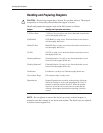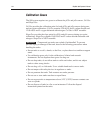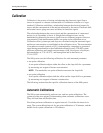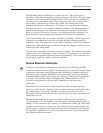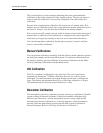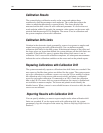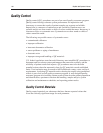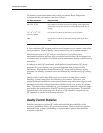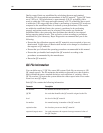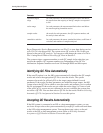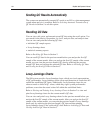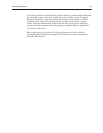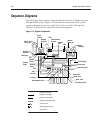
1Ć51
Learning About the System
To monitor system performance and to chart any trends, Bayer Diagnostics
recommends that you analyze controls as follows:
For these parameters . . . Analyze at least . . .
pH, pO
2
, pCO
2
one sample of control at least once during each eight–hour
shift using at least two levels of control during each day of
testing.
Na
+
, K
+
, Ca
++
, Cl
–
,
glucose, lactate
two levels of control at least once every 24 hours.
tHb
two levels of control at least once during each eight–hour
shift.
If your established QC program requires more frequent use of controls, then follow
those procedures. Treat all quality control materials as you do patient samples.
Monitoring the results of QC analyses can alert you to possible system
performance problems and may help you predict sensor failure. More frequent use
of controls may be required to evaluate system performance during troubleshooting
operations.
In addition to daily QC monitoring, participation in interlaboratory QC survey
programs lets you compare your system performance with systems in other
laboratories. Participation in interlaboratory QC survey and proficiency testing
programs can identify systematic errors not detected by intralaboratory QC testing
alone.
Quality control results may differ from one system to another due to sample
handling, system imprecision, and laboratory environment. Therefore, your
institution should establish its own expected results range and action range for each
parameter using data collected from determinations made over at least 20 separate
runs.
5
The mean values established by your institution should fall within the ranges
provided by the manufacturer of the QC material for each parameter. To establish
expected result and action ranges for new lots of QC materials, analyze the new
QC materials in parallel with existing materials.
Quality Control Statistics
Statistics are used to evaluate QC results and establish the probability of the
accuracy (confidence limits) of a given measurement. These statistics are used to
determine if the system is performing as expected and if patient data should be
accepted or rejected.



